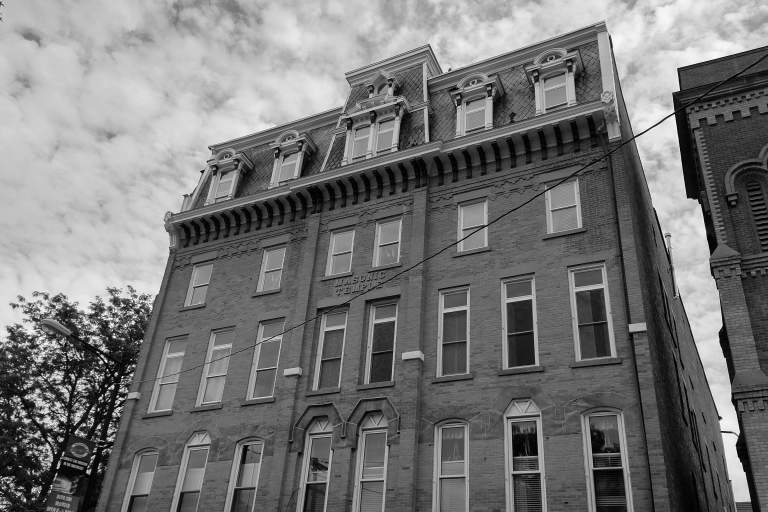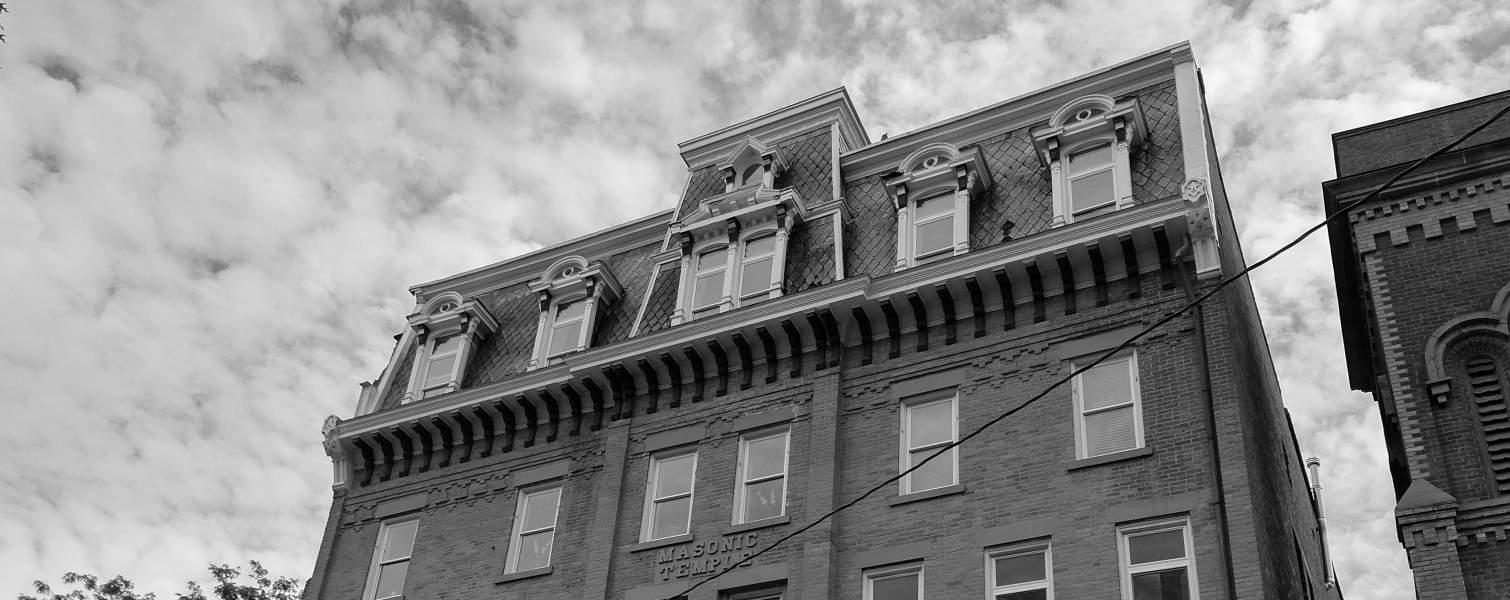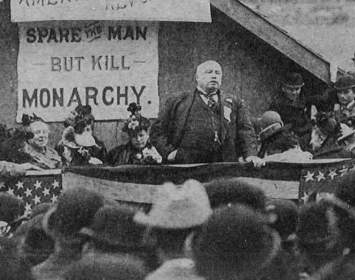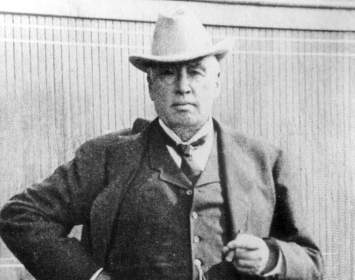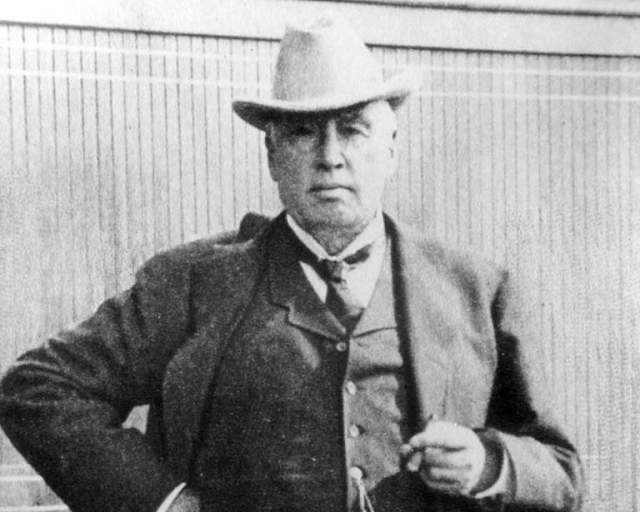On February 26, 1885, Robert Green Ingersoll, America's premier freethought orator, made his only lecture appearance in Norwich. He delivered his controversial oration on religion titled "Orthodoxy." The February engagement was a makeup date; a previously scheduled appearance on January 28 had been snowed out.
The Building and Site. This five-story building on Norwich's central square is the tallest structure in the Chenango County Courthouse District. It was constructed in 1878 by furniture merchant William Breese. The building housed his furniture store and an opera house on the third floor. Mr. Breese sold half of his interests in the building and his business to one Harrison Clark in 1884. By the end of the nineteenth century, the third-floor auditorium was known as the Clark Opera House. (It is possible that Clark added "OPERA HOUSE" signage on the building exterior at the third-floor level, something Breese apparently did not do.)
From 1888 to 1932, the U.S. Post Office occupied the ground floor. At various times the structure contained an art store, a succession of Masonic Lodges, law offices, and apartments. From the 1990s through 2014, the building housed the Follett Law Library. The building was then renovated and now houses retail on the ground floor and apartments above.
Thanks to Joan Lieb of the Chenango County Historian's Office for research assistance.
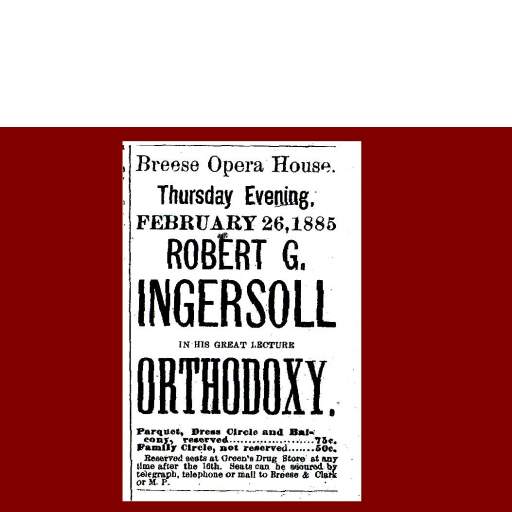
Ingersoll lecture ad
Local newspaper ad promoting Ingersoll's upcoming lecture on February 26, 1885. Recovered from microform by Doug Schiffer.
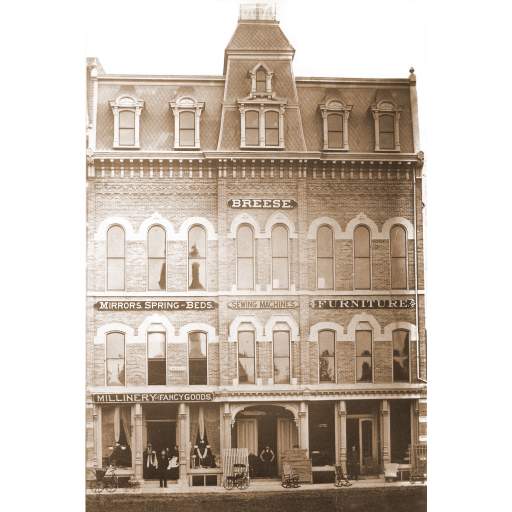
Breese Opera House
Early photograph of the Breese Opera House as it appeared during William Breese's full ownership. Note signage for his furniture store, apparently on the second floor. The opera house/auditorium occupied the third floor; note the extra-tall windows. Image courtesy Chenango County Historian's Office.
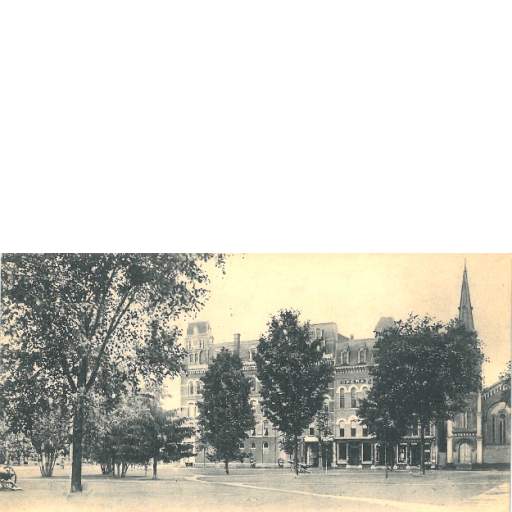
Breese building on town square
This undated postcard image shows the Norwich town square with the Opera House building visible through the trees. Note that the opera house bears third-floor signage not present in the previous image. (Only the word "OPERA" is visible through the trees.) Image courtesy Chenango County Historian's Office.
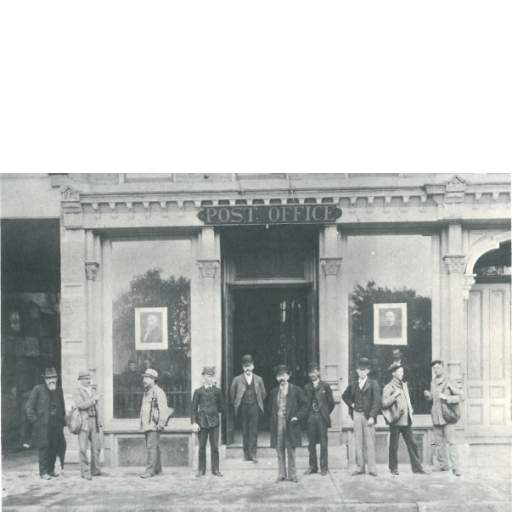
Post Office
This undated postcard shows the Post Office branch that took over the storefront to the left of the Opera House entrance beginning in 1888. It continued to occupy the building until 1932. Image courtesy Chenango County Historian's Office.
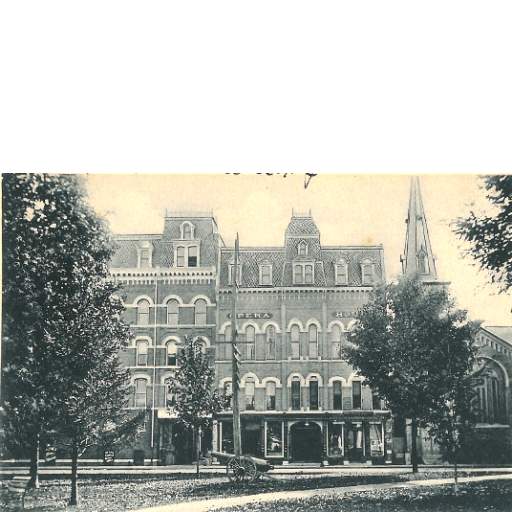
1908 Postcard View
This image from a postcard sent on May 24, 1908, shows the Opera House building across the town square. The full third-floor "OPERA HOUSE" signage is visible. Image courtesy Chenango County Historian's Office.
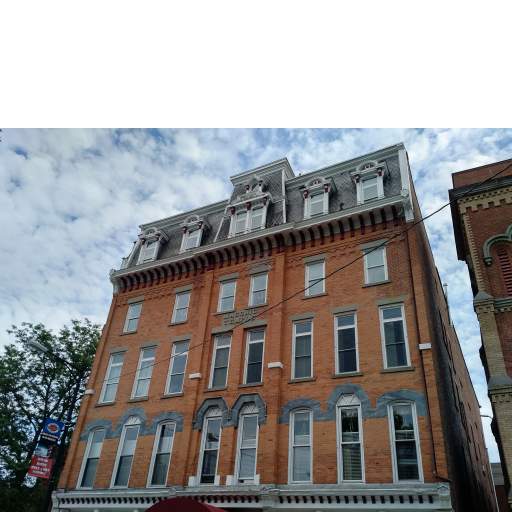
Opera House Building Today
Upper stories of the Breese Opera House building as it appears today. A "MASONIC TEMPLE" marker stone can be seen above the center windows on the third floor. This stone is not present in earlier photos, showing that the Temple's tenancy in the building started later than 1908.
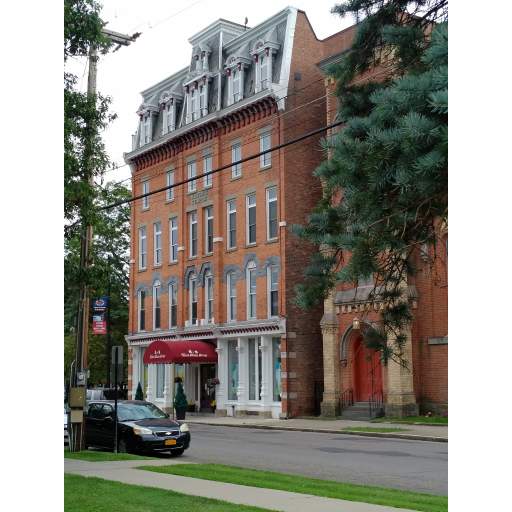
Opera House, 3/4 View
Oblique view of the Opera House building as it appears today. At right can be seen a portion of First Baptist Church (1845), another contributing building of the Chenango County Courthouse District.
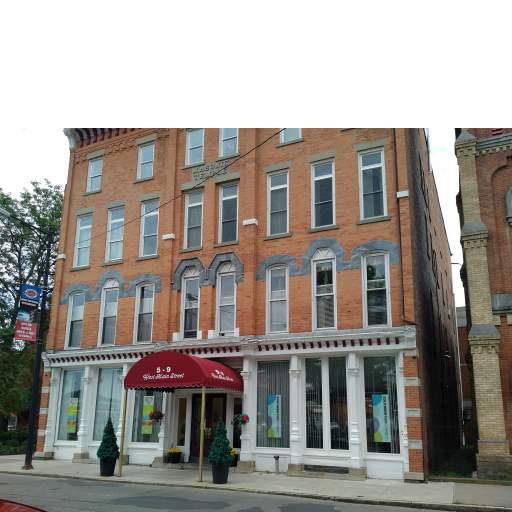
Detail View of Lower Floors
Closer view of the Opera House building today. Upstairs apartments are accessed through the door at center (red awning). Retail spaces flank the entrance to either side. The "MASONIC TEMPLE" stone is clearly visible at top.
Associated Causes
Those Involved
Associated Historical Events
Robert Green Ingersoll Gives "Orthodoxy" Lecture in Norwich
February 26, 1885
